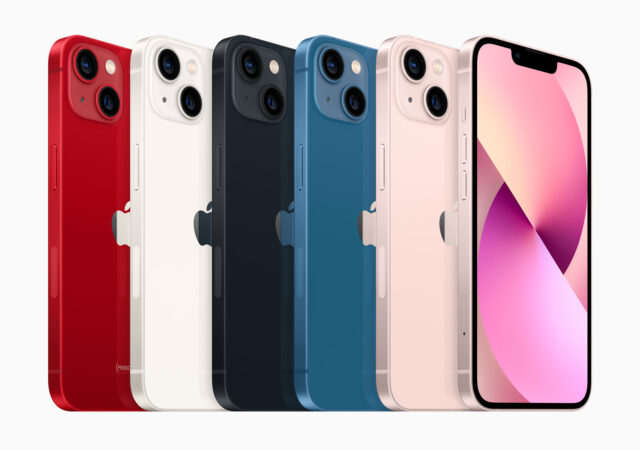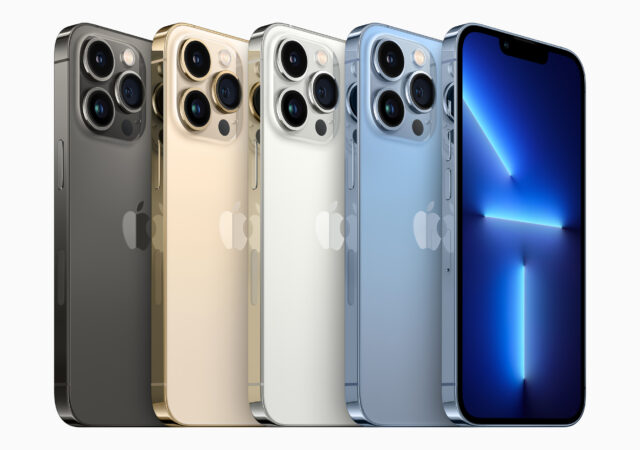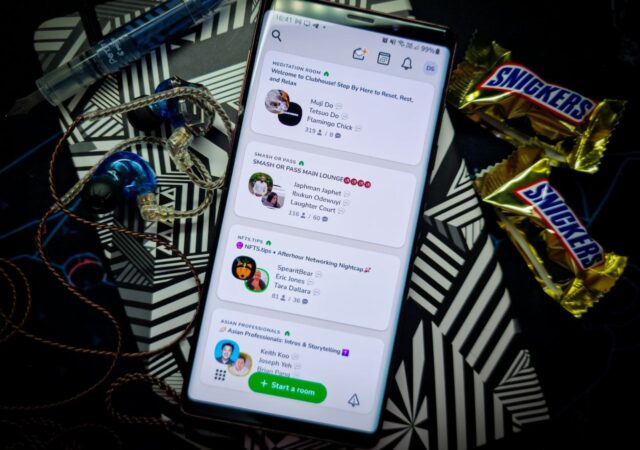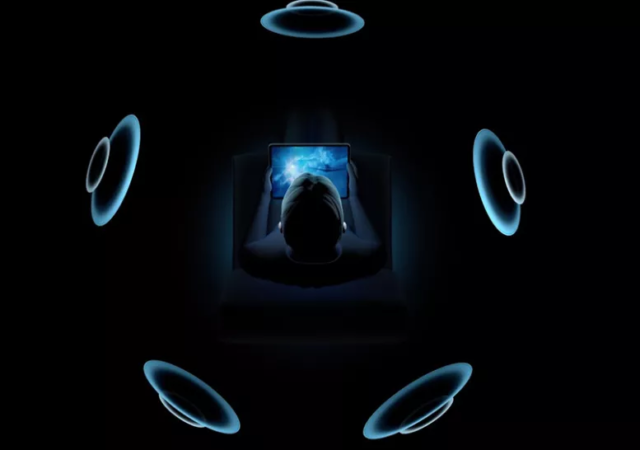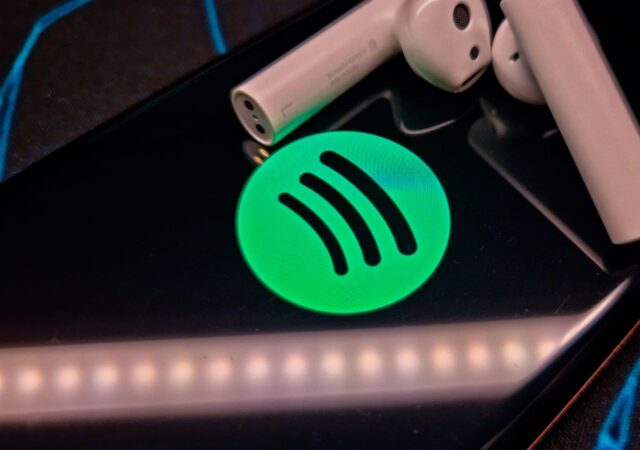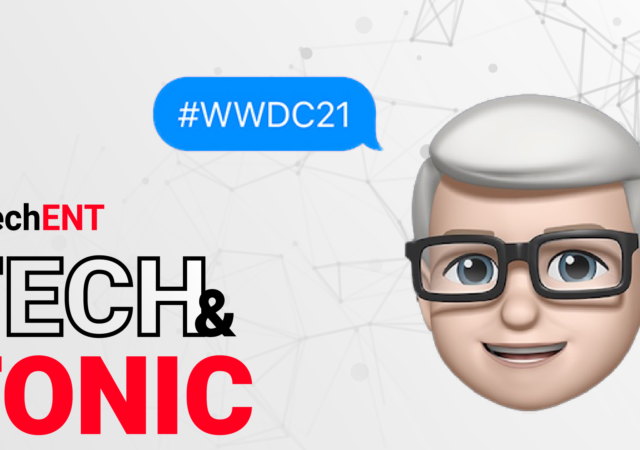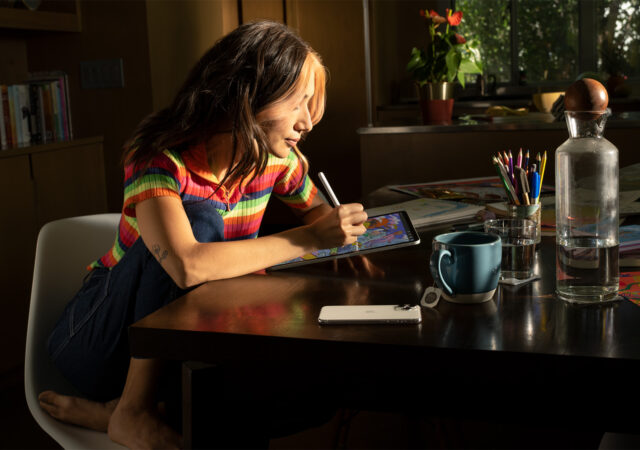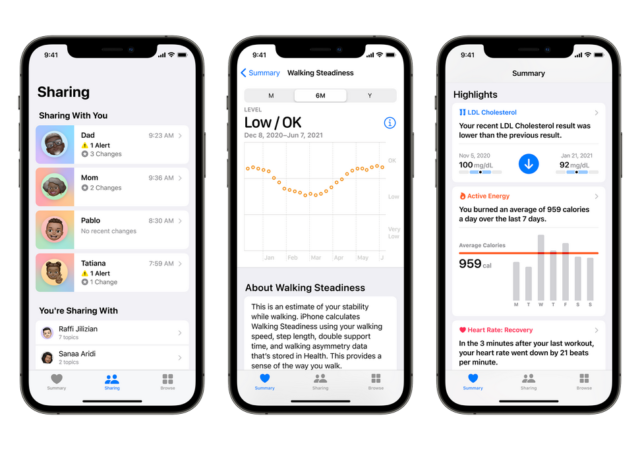Apple launches their latest iPhone 13 with improved display, camera, battery life, and even performance with prices starting from US$ 699.
The Apple iPhone 13 Pro and Pro Max Launches – The Most Advanced Apple iPhone is Here
Apple launches the Apple iPhone 13 Pro and Pro Max. At US$999 onward, the Apple iPhone 13 Pro series is the most advanced Apple iPhone ever.
Switching Between iOS and Android is Painless with WhatsApp Now.
WhatsApp is rolling out new tool to make migrating platforms more painless on both iOS and Android beginning with Samsung devices.
More Apple Spatial Audio! This Time on Clubhouse!
Apple’s Spatial Audio comes to Clubhouse. Now you can hear conversations in virtual surround sound and feel closer to your friends.
Netflix Now Supports Spatial Audio on Apple iPhone and iPad
Apple’s Spatial Audio comes to Netflix apps on Apple iPad and Apple iPhone for a fully immersive entertainment on the devices.
Spotify Will Support Apple’s AirPlay 2, Eventually
Spotify will bring Apple’s AirPlay 2 support to the iOS App in time.There are no mentions of when it will be available though.
Spotify Beta App Released with M1 Native Support
Spotify releases Beta app with Apple M1 silicon native support for a smoother and faster experience on M1 Macs.
Tech & Tonic S02E15 – Everything We Know From WWDC 2021!
This week we’re talking about the big announcements Apple made at WWDC21! Tune in to the Tech & Tonic Podcast to find out what our highlights are!
[WWDC 2021] Apple Launches iPadOS 15 – Not Just an Enlarged iPhone Anymore
Apple releases the iPadOS 15 with many feature additions. The iPadOS 15 with all its might has really shown the maturity of the iPad.
[WWDC 2021] Apple Empowers Personalised Health With Improvements to Health App
Apple brings a slew of new features to its health app which empowers users with more granular control of their data.



